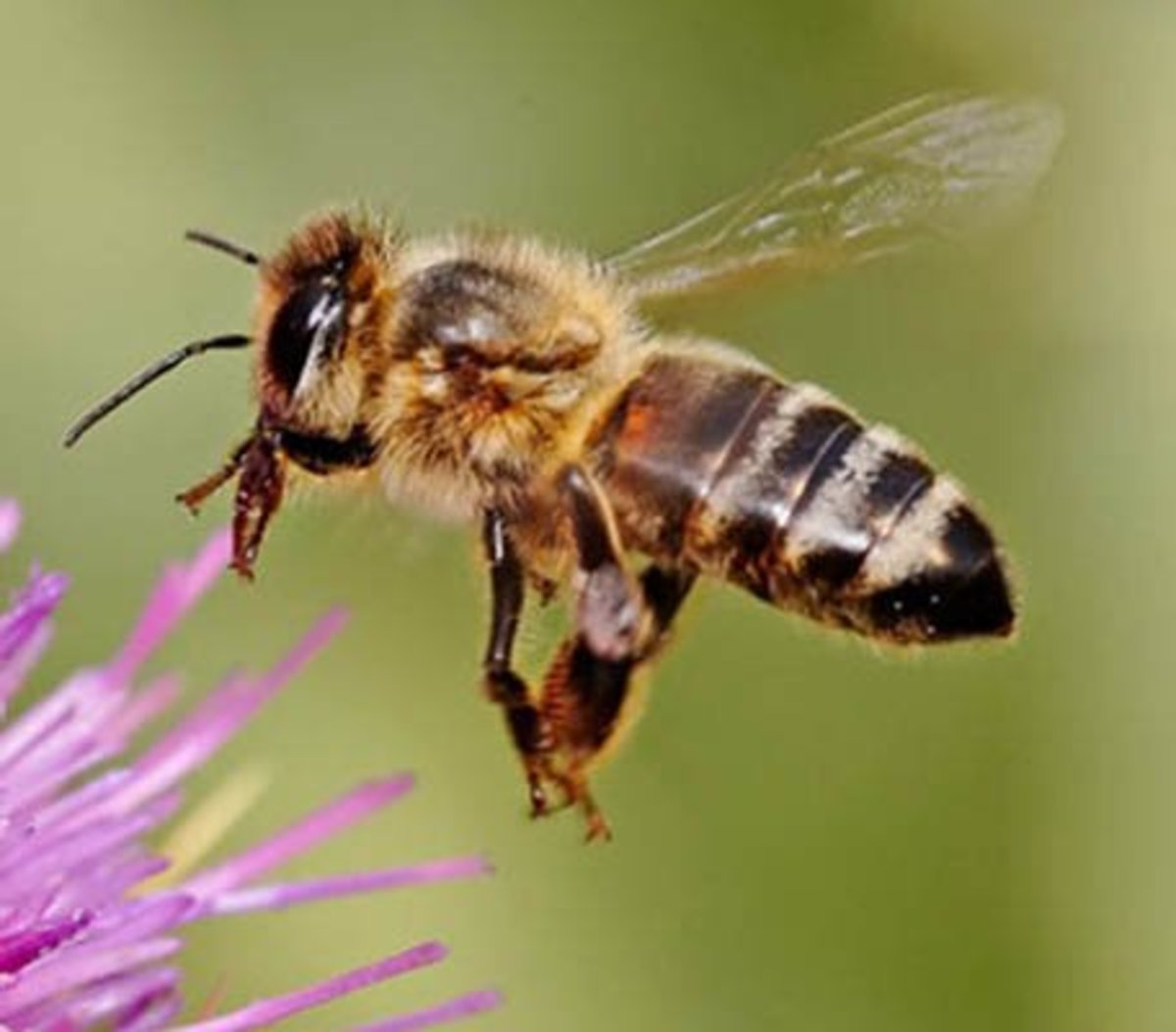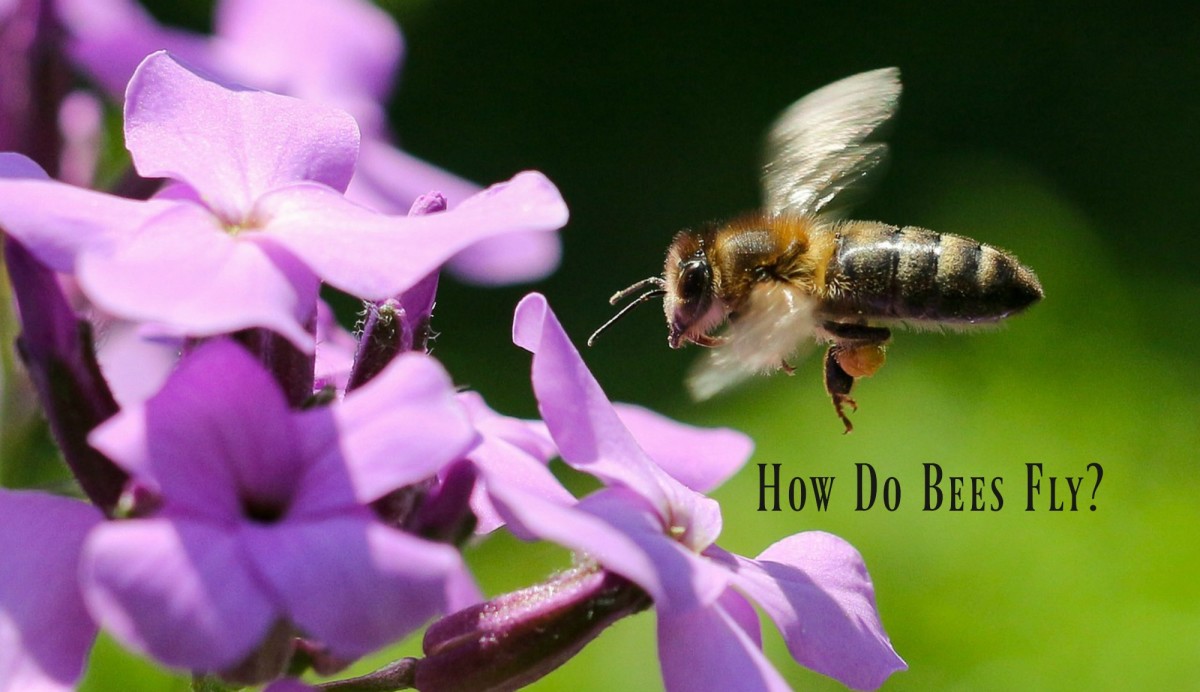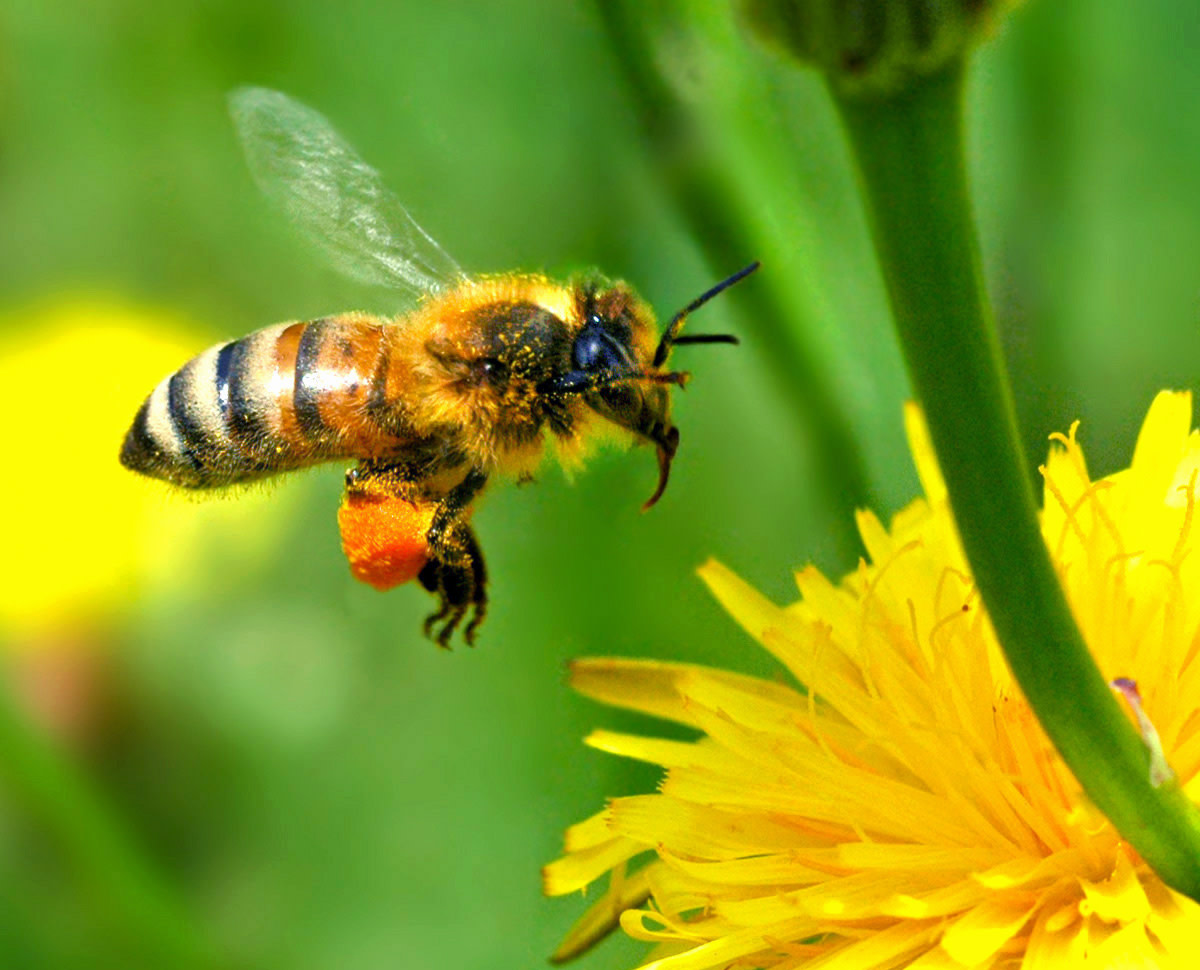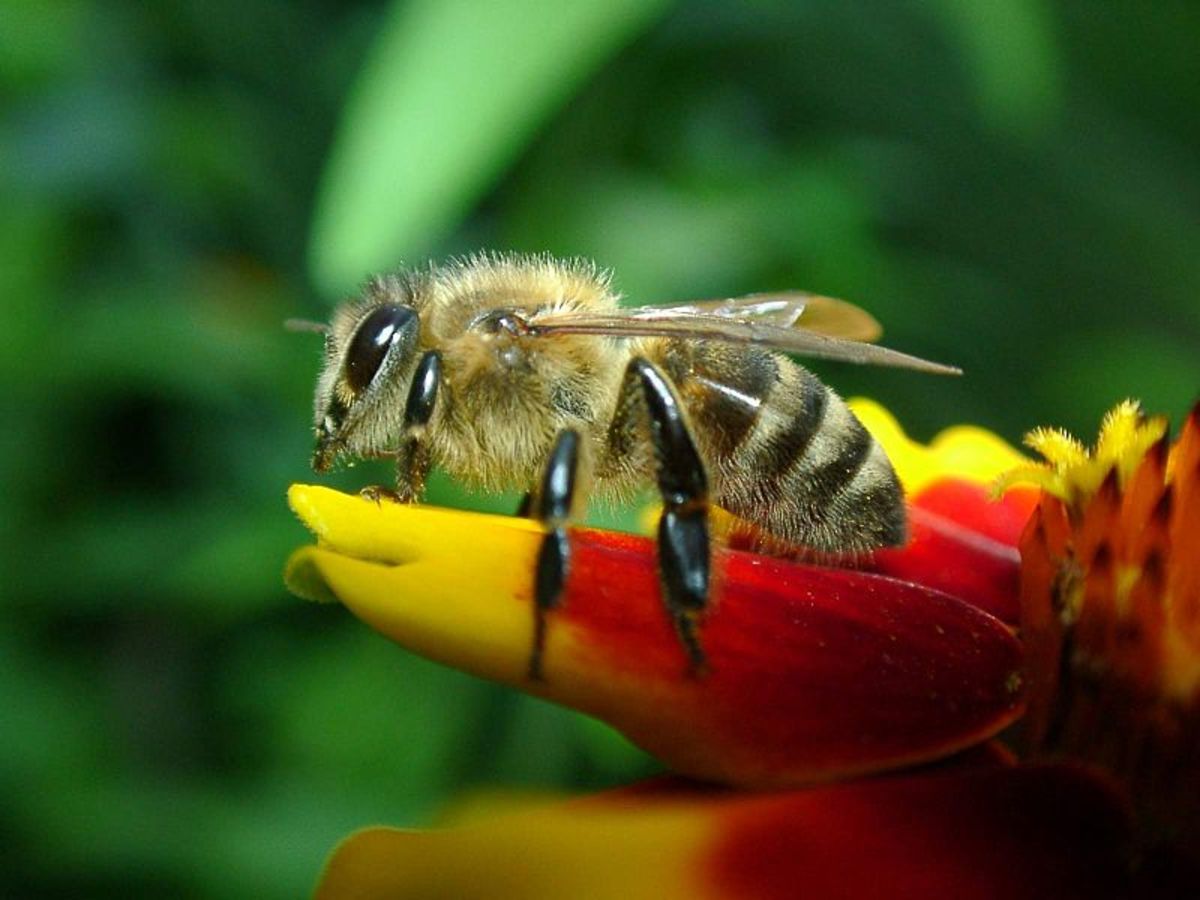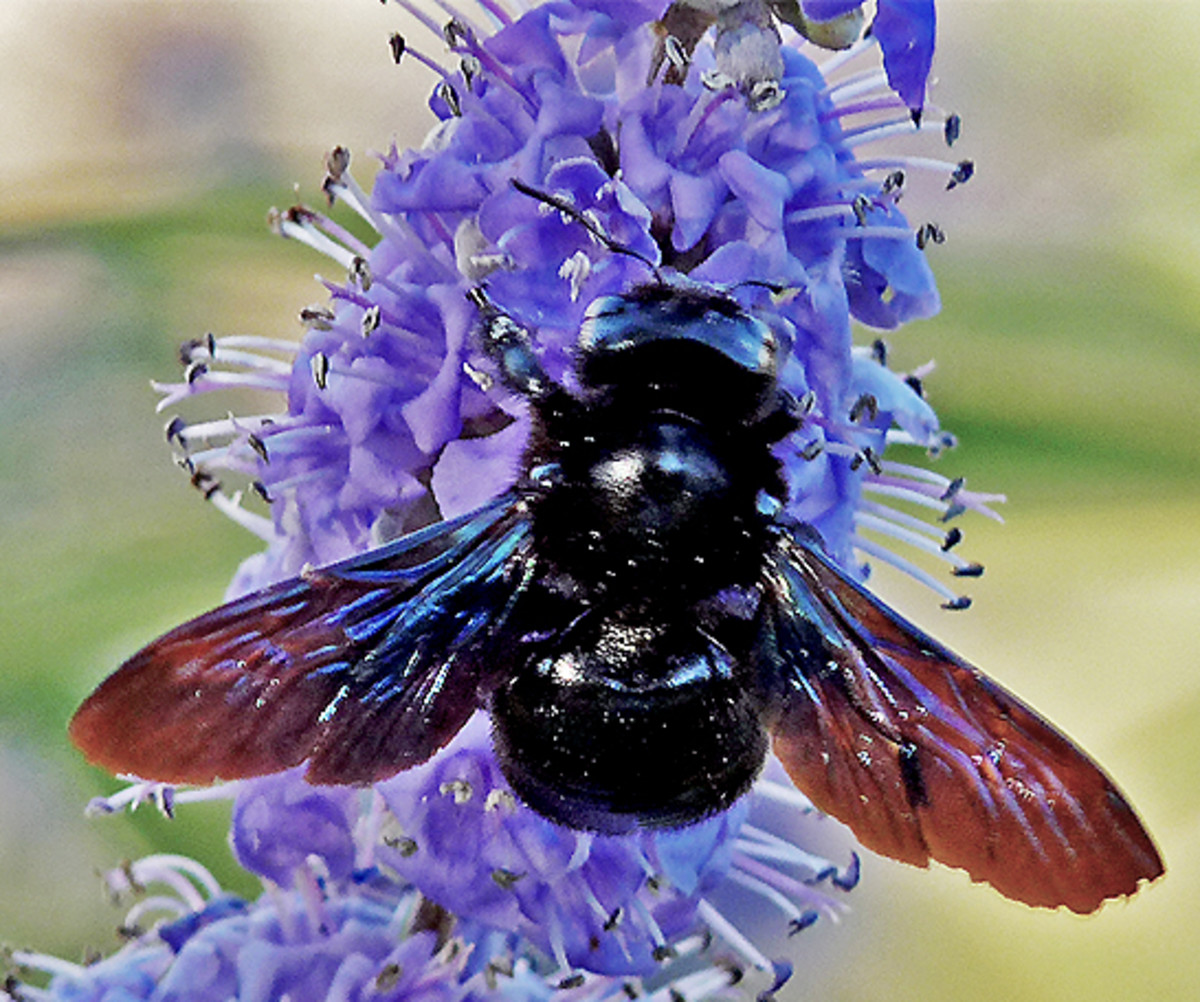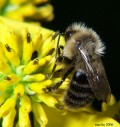How is Honey Made by Honeybees?
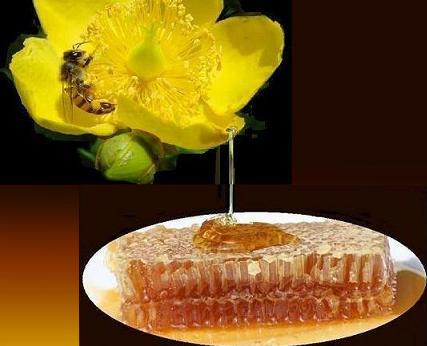
Honey, Honeybees & Men
By IGNOU
We have all tasted honey at some time or the other in our lives and are familiar with the honey bees. The honey bees are insects (order Hymenoptera). Social life has attained a high degree of perfection in these insects. Honey bees produce honey and store it in their hive and use it for themselves and for their young ones. Man discovered it and started gathering honey long back. In the early days, they squeezed out the honey from the hives of the bees that lived in wild state. Even today many tribal people collect honey like this from forests. Later, they devised various types of apiaries and domesticated the honey bees. The practice of bee keeping is now very common almost throughout the world and is designated as 'apiculture'. Tamil Nadu, Kerala, Karnataka, Jammu and Kashmir and Himachal Pradesh are major honey producing states in India.
Composition & Contents of Honey
Honey is an aromatic viscid product. It is sweet and a highly nutritious food. It is a Product modified by the honey bees from plant nectar, and is consumed in many ways, as a spread, and is used in making drinks, candies, cakes, and is also used as a medicine. Honey is an instant source of energy. Its solid constituents are mostly monosaccharides which are readily absorbed into the blood. The rich vitamin and mineral contents further enhance the nutritive value of honey. Chemical composition of honey: The composition of honey varies and the composition
of an average sample of honey shows the following table:
Sugars
Fructose- 40-50%
Glucose - 32-37%
Sucrose - 2%
Maltose - traces
Polysaccharides
Dextrins: 1 - 12%
Vitamins - Abundant A,B and C vitamins
Minerals - Traces of iron, copper, manganese, magnesium, sodium, potassium, calcium, silica and phosphates. Acids like acetic, butyric, citric, formic, lactic, malic and succinic are also present.
Amino acids - Enzymes like invertase, diastase and phosphatase also occur.
Water- 13-20%
The color and odor of honey usually depend on the flowers from which the nectar has been collected.
Some Varieties of Honeybees
The honey bees are insects that belong to the order Hymenoptera. There are four major species of honey bees. .
- Apis dorsata (The rock-bee): This is the largest honey bee. It constructs its huge, single open comb or hive on high branches of trees, on tall deserted buildings or on rocks.This species cannot be domesticated; it is ferocious and has a poisonous sting that can cause fever.
- Apis indica (The Indian bee): This is a medium-sized bee. It builds hives consisting of several parallel combs side by Side in dark places like the cavities of tree trunks, mud walls, earthen pots, etc. This is not so ferocious and can be easily domesticated. This is the species used in apiculture (Fig. 17.4).
- ApisJlorea (The little bee): This bee is even smaller. It builds single small combs in bushes, hedges, etc. Its honey yield is poor and therefore not economical.
- Apis mellijiera (The European bee): It is primarily found in Europe but it has also been introduced in many parts of the world including India, because of the greater quantity of honey that can be gathered from its hive.
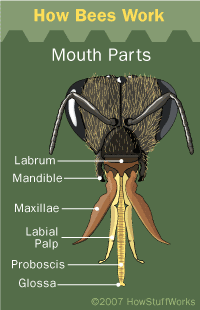
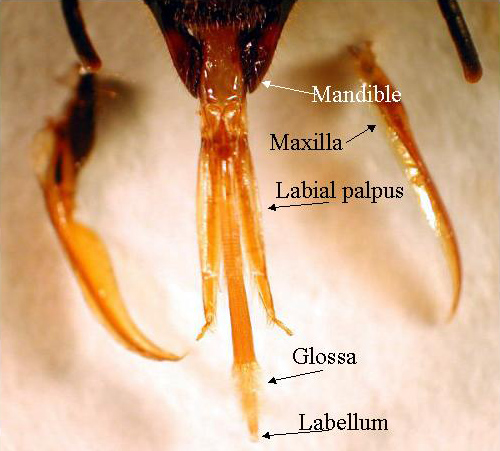
At Last How Honey Is Made?
The worker bees visit flowers and obtain nectar from them.
Working of Their Mouth:
Adult-honey bees have mouth parts that are modified in order to utilize liquid food i.e. nectar as honey. Mouth parts are chewing - lapping type. The major feeding apparatus consists of a maxillo - labial complex. Surrounding the central 'tongue' the glossae of the labium, is a tube formed from the galeal part of the maxillae. With the combined action of both the sucking pump and 'tongue' moving up and down, nectar is drawn up into the body. The mandibles usually do not function directly in feeding but may be used not only for cutting flowers that have long corolla to gain access to the nectar but also for defense and for molding into combs for storing honey in the hive.
Nectar contains disaccharides (mainly sucrose). While sucking nectar the bees mix their own saliva with it and swallow it into a honey stomach (crop). After flying back to the hive the workers regurgitate the mixture into their mouth where they again masticate thoroughly with saliva. The saliva is rich in the enzyme invertase which hydrolyses sucrose into glucose and fructose. This processed nectar (honey) is deposited in the storage cells of the hive. This rather watery honey is then thickened by evaporating a large portion of water content by rapid beating of the wings of the worker bees. When a cell is filled with "ripened" honey it is capped over with wax.
Bees have completed their work; onward journey of raw honey from these 'wax capped comb' to 'sealed jar' is processed by men.
How Bees Make Honey
From Bee-hive To Honey Jar
As mentioned above bees after collecting honey in hexagonal cells of the hive sealed them, This honey is either food for developing larva inside the cell or it may be storage for bees' future need.
This is the only way bees make honey but humans may have extremely different techniques for extracting honey from the hive or comb. but all the techniques and processes must include these steps.
- Capturing bee-hive or honey-comb from the hands of bees.
- Uncapping the wax sealed, honey containing cells
- Removing honey from open comb.
- Filtering the raw honey which might have larva, pollen and wax particles.
- Packing the filtered honey in attractive jars.
All the above 5 steps are differently processed by different groups and companies according to their technologies and limitations.some tribal people also use to extract wild honey from nearby forests. Above all at-last all of them have to steal it they can't make it.
below are some very interesting videos showing different processes of extracting honey from bee-hive.

